In the realm of festive greetings, the Victorians crafted a peculiar niche that often strikes a chord of eeriness to modern sensibilities. The Victorian Christmas cards, adorned with unsettling images of deaths, peculiar creatures like turnip-men and murderous frogs, and an assortment of darkly comedic elements, stand as testament to an era defined by its unconventional artistic choices.
But why did these macabre and eccentric depictions find their way onto holiday cards during the Victorian era? Understanding the context and cultural backdrop of the time sheds light on the origins of these bizarre yet oddly intriguing representations.
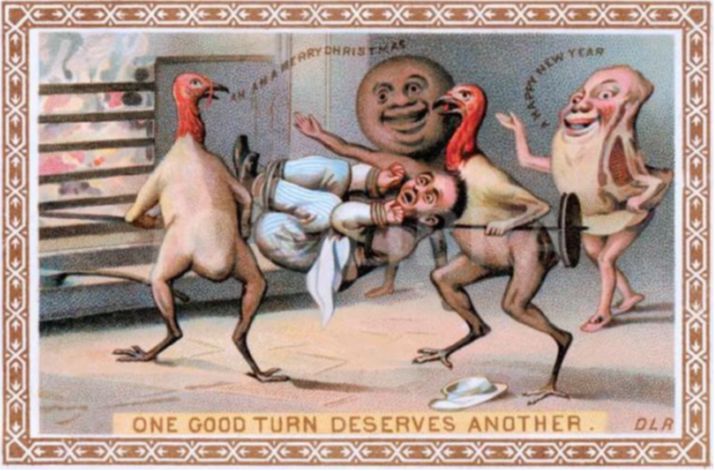
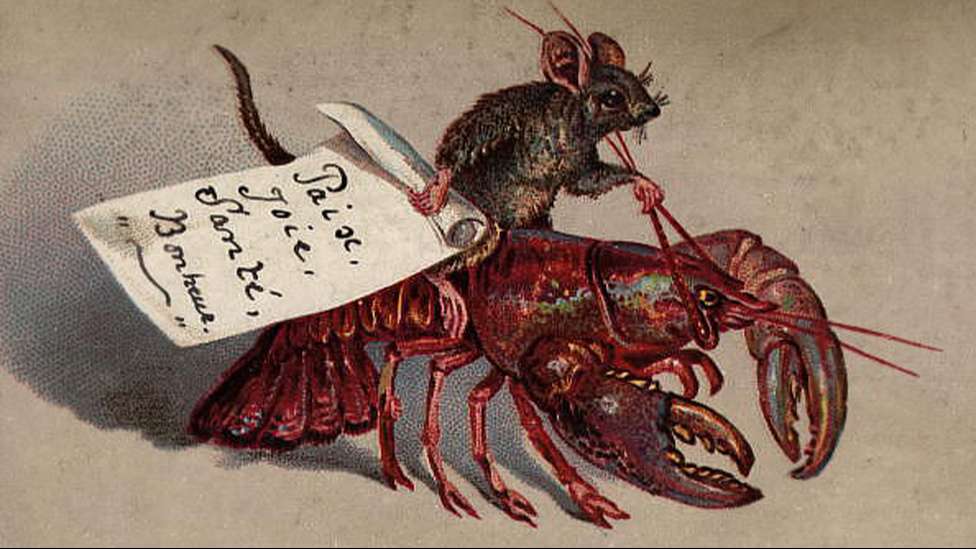
Table of Contents
ToggleThe Vacuum of Tradition
In the absence of established Christmas card norms like Santa Claus, Reindeers or Elves, artists of the Victorian era found themselves in uncharted territory.
Back then, Christmas was a fairly new thing to celebrate, plus there was no Hallmarks, and commercialized Santa Claus imagery yet to emerge, Victorian artists had nothing to base their designs on, so they ventured into unexplored territory, drawing inspiration from the popular ideas and themes of their time.

Embracing the Darker Side
One striking aspect of Victorian Christmas cards is the recurrent presence of death-related imagery. In an era where life expectancy was dismally low, and daily funerals were a common sight, death was an inescapable facet of existence.
Surprisingly, the Victorians didn’t shy away from incorporating death into their holiday cards. Instead, they infused a dark, sometimes even humorous, element into their art—a peculiar brand of dark comedy that resonated with the morbid reality of their time.
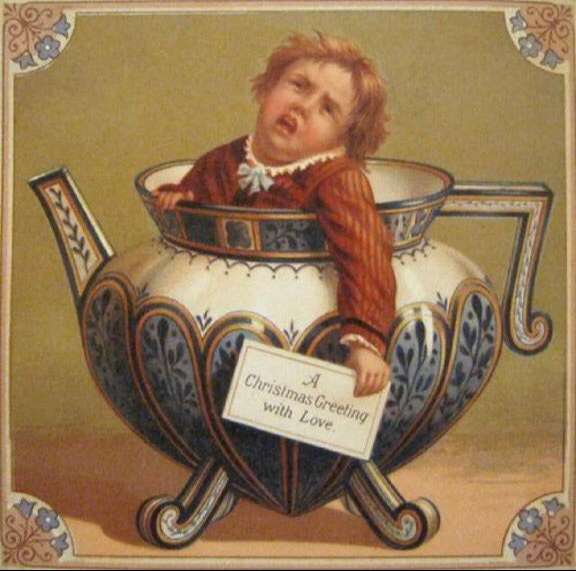
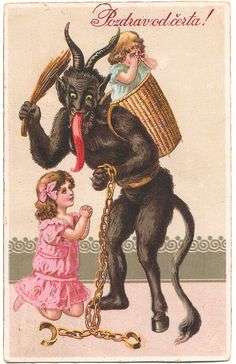
Peculiar Charms
Beyond the realms of mortality, Victorian Christmas cards also boasted an array of oddities—turnip-men, murderous frogs, blood-thirsty polar bears—that seem utterly bizarre to modern eyes. However, these depictions weren’t merely random eccentricities.
The Victorians found entertainment and charm in the peculiar and unexpected. Cats, for instance, perennial favorites across time, made appearances in these cards, appealing to the universal adoration for these furry creatures.
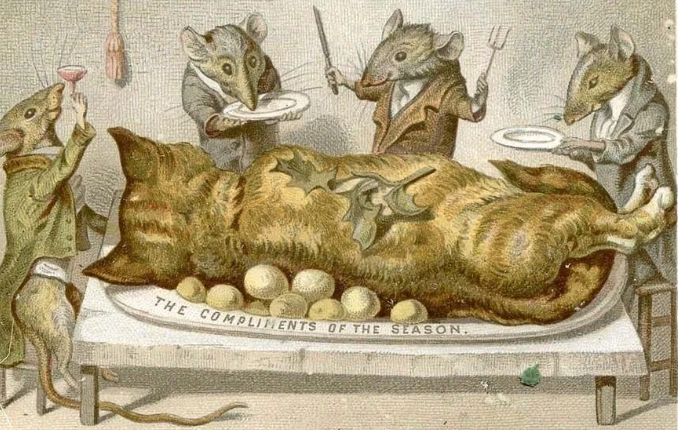
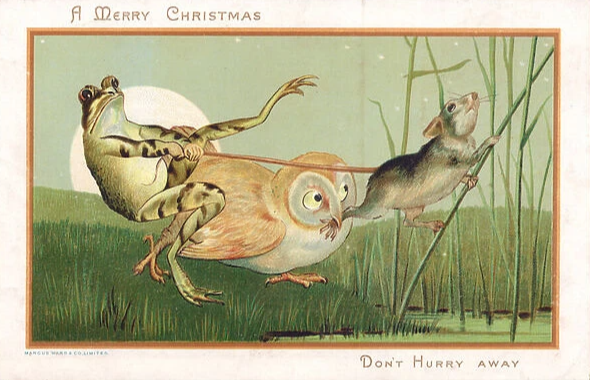
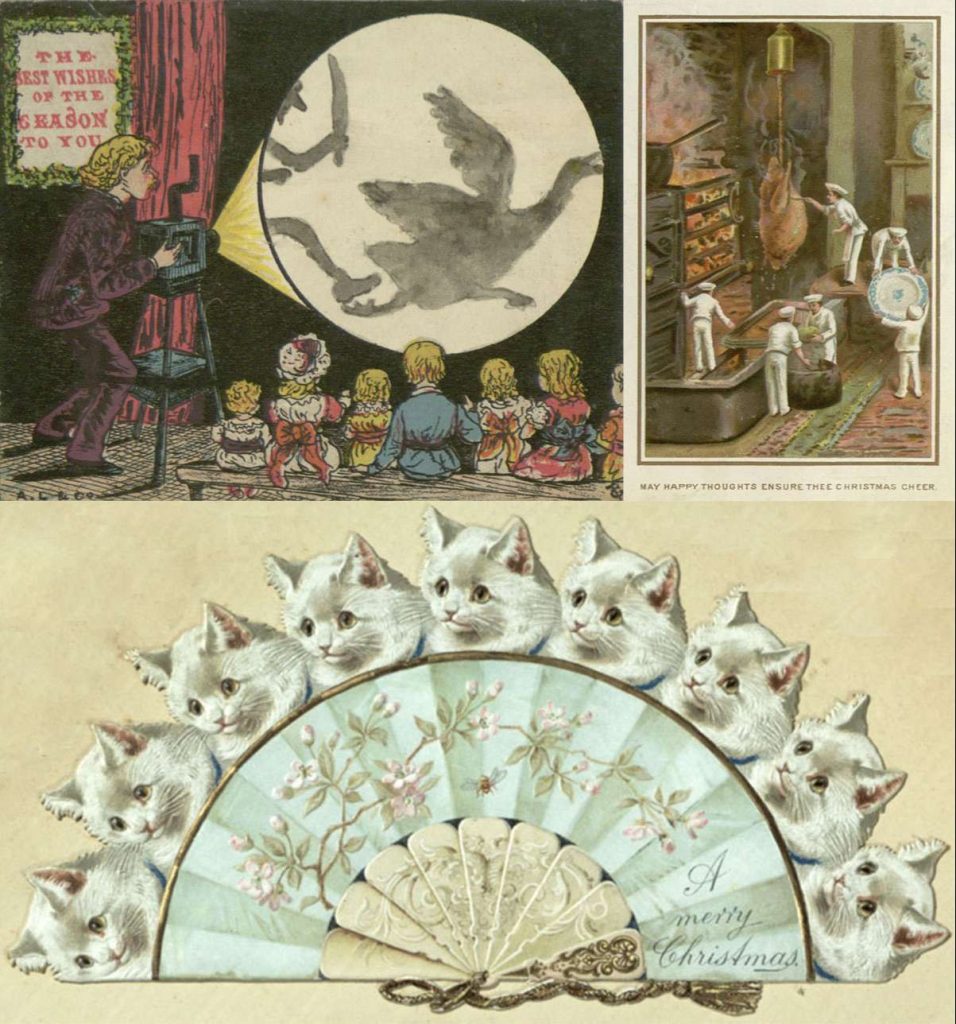
The Entertaining Quirkiness
Victorian society had a penchant for the unconventional and the whimsical. Embracing peculiar characters and outlandish scenarios, their Christmas cards reflected a desire for entertainment amid the harsh realities of their time. These eccentricities, while bewildering today, served as a form of escapism, offering a whimsical reprieve from the somberness that often overshadowed daily life.
Conclusion
In essence, Victorian Christmas cards, with their macabre, quirky, and sometimes unsettling imagery, were products of their time—crafted in a period where artistic expression took unconventional routes. While their creepy charm may perplex contemporary audiences, understanding the historical context unravels the motivations behind these peculiar creations, inviting us to appreciate the eccentricities that define an era long past.





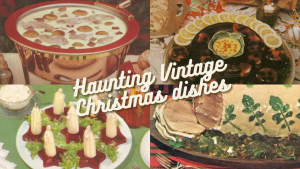






+ There are no comments
Add yours